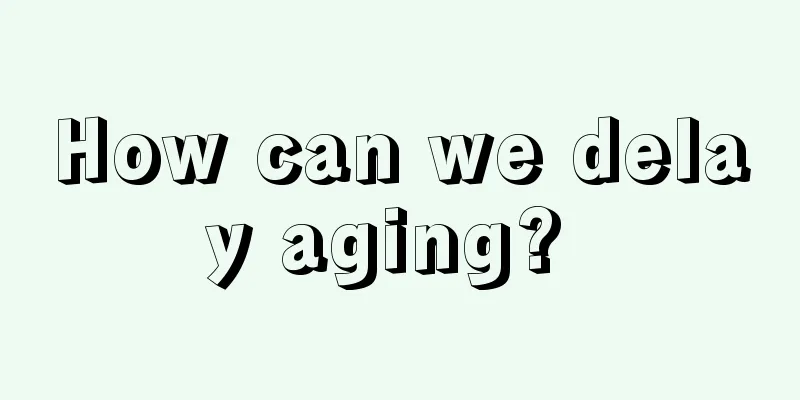How should the treatment of lung cancer be carried out? Two tasks in the treatment of lung cancer should be done well

|
Many people think that lung cancer only affects the lungs after it occurs. In fact, experts say that lung cancer is a systemic disease. The so-called systemic disease mainly means that after it occurs, the disease will quickly spread to various organs in the body and cause certain damage to functions. So how should people be treated after they suffer from lung cancer? 1. Check everything before surgery Breast X-rays in the frontal and lateral positions and tomographic sections are used to understand the location, size, and relationship of the tumor to surrounding tissues. CT can detect lesions that are difficult to detect on plain films, such as a small amount of pleural effusion and blockage and deformation of the carina, and understand the relationship between mediastinal and hilar lymph nodes and blood vessels. Bronchoscopy is essential. Peripheral types can also rule out the presence of large bronchial lesions, understand the mobility of the carina, and determine the possibility of resection. Mediastinoscopy is valuable in observing the movement of lymph nodes in the mediastinum and taking biopsy specimens. If suspicious lymph node shadows are found during imaging, mediastinoscopy is even more important. (II) Comprehensive Assessment of Physical Condition Age is not a selection factor. Even if you are over 70 years old, if you are physically fit, exercise regularly, have no chronic metabolic diseases, and have good cardiopulmonary function, you should try to get surgery. However, the elderly are not as good as middle-aged and young people after all. They have poor compensatory function and reduced lung flexibility. Surgery should be carefully considered for those with chronic obstructive pulmonary disease. Preoperatively, you should maintain cardiopulmonary function, reduce sputum volume, operate gently, reduce blood loss, and shorten the operation time. After surgery, you should exercise early, strengthen monitoring, and avoid accidents. Try to avoid complete lung removal. The ventilation function, vital capacity and maximum ventilation of the lungs shall not be less than 60% of the estimated value, the vital capacity in the first second shall not be less than 1500ml, the arterial oxygen saturation shall be above 90%, and the carbon dioxide partial pressure shall be below 50mmhg (6.6kpa) for thoracotomy. Patients with a history of myocardial infarction within 3 months and complete atrioventricular block are not suitable for surgical treatment. Diaphragmatic paralysis, hoarseness, contralateral lung or distant metastasis, fixed widening of the carina, etc. are not indications for surgery. For simple brain metastasis, the brain lesions should be treated first, and then lung surgery should be considered. The above mainly introduces in detail the two major steps that need to be paid attention to in the entire treatment process of lung cancer. In order to make the treatment of lung cancer more specific and more complete, it is recommended that patients must listen to the doctor's guidance and suggestions when receiving treatment, and do a good job in each treatment link, so as to ensure it. |
Recommend
The first anti-cancer drug for skin cancer
Skin cancer is a malignant tumor of the skin. It ...
What is the best way to remove formaldehyde with onions?
Onion is a vegetable with relatively high nutriti...
What is the cure rate of bladder cancer
When we say someone is "cured" of a dis...
My mind is blank and I have no thoughts
Under normal circumstances, our brain runs at hig...
Effects and functions of amethyst geode
Many people think that placing stones in the home...
Is taking medicine useful for pituitary tumors
Some patients with pituitary tumors see that othe...
How much does it cost to treat lung cancer?
Lung cancer is a common malignant tumor of the re...
What are the cooking skills on induction cooker
In our daily life, we use coal gas or fuel oil to...
Are osteosarcoma and chondroma the same?
Osteosarcoma and enchondroma are two different bo...
Formula of Fengyoujing
In fact, everyone has some knowledge about Fengyo...
What to do if you are allergic to underwear
Girls need to wear underwear. For girls, underwea...
How to distinguish single eyelids in newborns
For children, it is impossible to tell whether th...
What to do if your belly is bloated? Do 4 things well
Abdominal bloating is a type of lower abdominal d...
Can eating grapes help sober you up?
When you feel uncomfortable after being drunk, do...
What to do if your face becomes dry after using the air conditioner
The weather is hot in the summer, and people pref...









